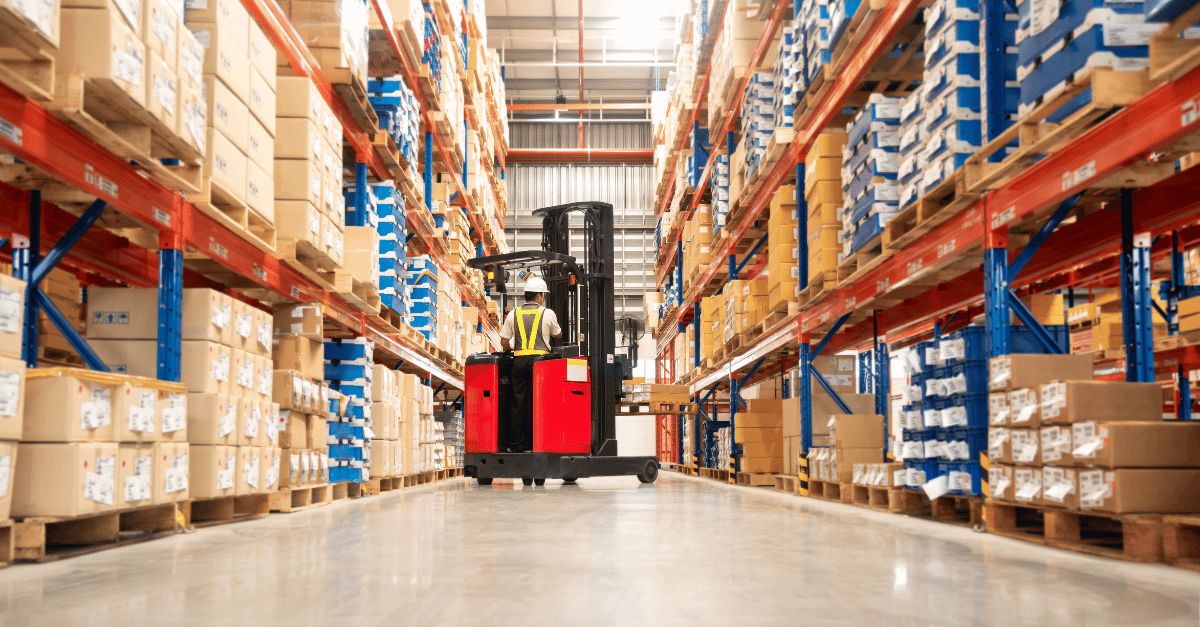When you think about it, people know what incentives are from a very early age. Most parents offer their children incentives for behavior, hard work, good grades or cooperation. The incentives might come in the form of a cash allowance or going to get ice cream or out for dinner. Most parents enjoy offering incentives to their children because it’s a reward system that will make everyone happy.
The same is true for companies that offer dealer incentive programs. If implementation of an incentive program is done incorrectly, though, you risk getting the results you’re after. In order to be sure that your dealer incentive program is meeting all of the critical standards, these basic requirements should be addressed:
Dealer Incentive Program Objectives
You should have a crystal clear idea of what you want your dealer incentive program to achieve. Specific objectives should be in mind to help form the basic structure of the program. Usually, if one primary objective is named along with one or two smaller objectives, then this will help to achieve the goal more efficiently.
You should get as specific as possible with your program objectives. For example, you might propose increasing company sales 25% in the second quarter this year compared to the same quarter last year. Make the program’s goals highly visible and track your progress.
Grabbing Dealers’ Attention
Unfortunately, dealer salespeople typically don’t go out of their way to sell your product. The large retailers have a very wide range of products to sell;. Often, they don’t have the time to pay special attention to yours. Your company will always be competing with other companies for the attention of your middleman.
But there are ways to stand out among the competition. If you have a strong, well-developed dealer incentive program, your channel partners’ sales teams will likely remain loyal to you and your product.
Inviting your top dealers, distributors and agents to an all-expense-paid meeting and allow them to express concerns, special needs, you will show them consideration for their needs and it will also help identify what other incentives would be beneficial to offer.
Keep It Simple
The simplest way to improve your rewards program and increase motivation is to keep the structure simple. Significant performance increases will be the result from top dealers of your company.
Here are some options and guidelines for dealer incentive programs:
Open-Ended Strategy
Encourage dealers to sell more by setting the bar higher than last year’s sales quota. Include basic training and communications into the program to make participants more effective. This is a flexible strategy and is easy to budget.
Closed-Ended Strategy
Reward the top performers with recognition and rewards. Sometimes this may backfire because top performers typically excel regardless. Be sure to motivate the average performers, as they have the most room for growth.
New Product Introduction
Budget a specific amount per unit to go towards an incentive program for new products. This will increase loyalty from dealers or distributors. In order for this to work properly, providing an exciting program is essential.
Plateau Programs
Rather than designing a program that aims to increase overall sales, offer rewards that will vary depending on how much their sales performance increases.
Cooperative Marketing Program
To increase excitement and loyalty about promoting your product, offer rewards for dealers that are willing to participate in co-op marketing programs.
Specific Products
To achieve greater sales in a specific area, offer rewards to those who sell or buy more of a product. Run promos on items you want to push and have the greatest opportunity to sell.
Database Programs
For companies that rely on co-op direct marketing, consider rewarding channel partners for providing contact information for their customers.
Training & Education for Dealer Networks
Many businesses see increased motivation from their channel partners when they are rewarded with non-material rewards. Consider offering meetings and events to bring your networks together for education and vacation.
Sales Pushers
When your company is in a bit of a slow or seasonal period, offer increased incentives to partners.
Decide How to Reward
When you’ve decided on your dealer incentive program’s objectives, next you need to decide how you’ll distribute incentive rewards. There are many different types of rewards, and often depend on what type of goals you have put into place. It’s quite well known that most employees want a material or cash reward. Look at other companies to see what they are offering as incentives, and then determine what the best options are from here.
Establish a Realistic Budget
Budgeting can be one of the hardest aspects to address in an incentives program. Many companies believe that in order to reward their employees generously, their budget has to be flexible. This is not always the case, however. If low costs are chosen for fixed items like administration, communication, and tracking, you can stay within budget and still reward your employees.
Assign Program Management
Without somebody running your incentive program, how will it be effective? A successful rewards program must appoint one specific person to take charge and make sure everything runs as planned. Specific areas that need management throughout the process include tracking, administration, communications, and award fulfillment.
Create Rules
Rules are essential to running a smooth incentive program; like the basic structure of the program, the rules need to be simple, clear, and easy for anyone to understand. If possible, make them short and concise. Anything too lengthy will lose the reader’s interest halfway through.
Communicate
Without proper communication, your rewards program may as well be nonexistent. Be persistent with communication and make sure your participants know and understand the program. Use business meetings and events to discuss your program and communicate through multiple forms of media.
Launch the Program
When deciding on a launch date for your program, make sure you can remain loyal to that date. If dates are changed too much, participants will get confused. Track the company’s progress from the very first day of the program. Having this data from day one will be very helpful in making final assessments.
Conclude
After your program has wrapped up, generate the final results as soon as possible. If data has been maintained and collected since the beginning, this should not be too difficult.
Consider awarding those individuals who have received rewards in public. Recognition in front of co-workers and peers can be a good motivator both for those receiving as well as those who did not.
Evaluate
When it is all said and done, compile the data to do a proper study of your sales incentive program. Highlight areas that were beneficial and use negative areas to make adjustments for your next program. Remember that there is always room for improvement.



